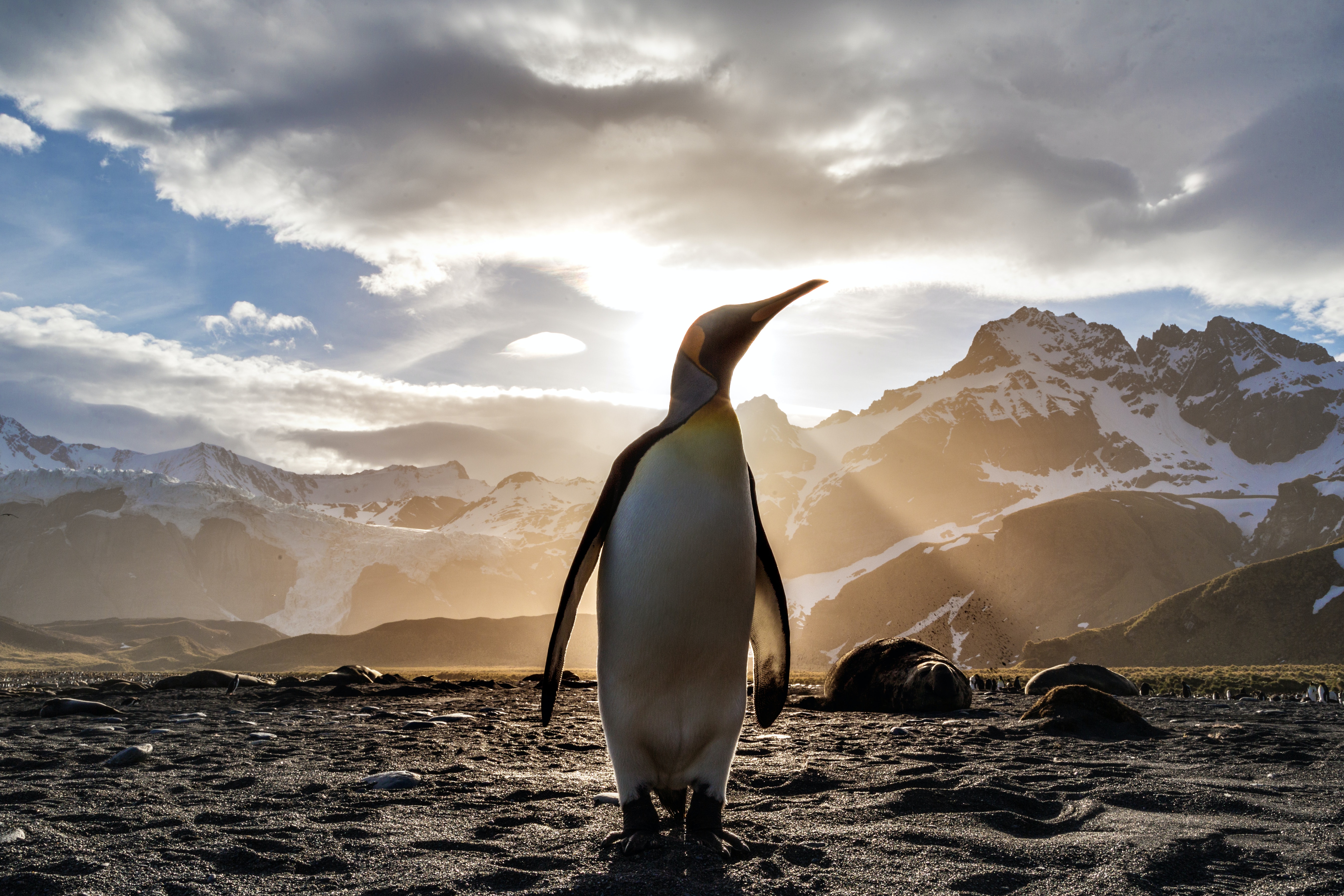News release
From:
One-size-does-not-fit-all: emperor penguins form colonies in surprisingly diverse environmental conditions
While the long-term future of the emperor penguin may be bleak, new research published today in Science Advances shows that emperor penguins around Antarctica form colonies in a surprising diversity of environmental conditions. Until now, it was thought that emperor penguins only needed ‘fast ice’, i.e. the coastal sea ice that is attached to the Antarctic continent or ice shelves — but as it turns out, there is more to the story. Emperor penguins actually inhabit locations with various characteristics, with differences in the timing of ice formation, how much ice forms and breaks, and even how close they get to other penguin species. The reliance on fast ice may affect their ability to cope with climate change’s heterogeneous impacts around the continent. “Given projections of future sea ice changes and recent studies, if fast ice disappears, 90% of colonies will be extinct. However, our study strongly suggests that in the short- to medium-term, the identified breeding populations and habitats should be considered as separate units for management and populations projections, as certain populations may be able to survive in certain conditions and others not” explains Sara Labrousse, lead author of the study and researcher at the French National Centre for Scientific Research (CNRS). As mentioned in previous research, only drastically reducing our greenhouse gases emissions could allow us not to lose this species by the end of the century.
Various habitats and potential irregular climate change impacts
By looking at fast ice characteristics, topography and competition factors, we identified five distinct emperor penguin habitats, which happen to match known genetic populations. These distinct ‘fast ice’ habitats differ from one another, and we highlighted that the fast ice persistence and amplitude of the annual cycles were the most important parameters — the longer ice can stick around in the summer, the more time chicks have to get their swimming feathers. This is crucially important for the fate of emperor penguins.
We hypothesized that intra-specific competition may be one of the most important factors conditioning the distribution of emperor penguin colonies around Antarctica as colonies are evenly spaced (∼ 220 km apart) around Antarctica. Our results support this hypothesis.
The new results also suggest that two of these habitats — dominated by low amplitude of the fast ice’s growth and retreat seasonal cycle (i.e. a stable fast ice platform throughout the breeding season), and low to moderate fast ice persistence across nine years (i.e. a fine line between a wide-enough fast ice platform to lay eggs / raise chicks, and a close-enough access to foraging to feed the chicks throughout the breeding season) — host larger colonies than the five others. However, further research is needed to clarify these links. Relationships between population size and habitats may result from a combination of factors, but we were not able to consider prey availability in our study. Regardless, previous research has already shown that the ability of emperor penguins to disperse and find more suitable climate refuges is limited, and this is supported by the genetic partitioning among Antarctic regions shown in our study. Therefore, it is unlikely that if ‘better’ habitats exist somewhere and could host larger colonies, more emperor penguins will move to these areas to avoid more adverse effects in their original habitats.
Perspective
Climate change is currently one the main pressures potentially driving emperor penguins closer to extinction. However, as clearly identified by the Intergovernmental Science-Policy Platform on Biodiversity and Ecosystem Services (IPBES) — the equivalent of the Intergovernmental Panel on Climate Change (IPCC) for biodiversity — fishing activities have historically been — and remain today — the main driver of marine biodiversity erosion worldwide. This is also true for Antarctica, and while fishing pressure there is limited to a fraction of the World’s fishing fleet, some of the largest vessels in the world target krill, a tiny shrimp-like crustacean that is consumed by many Antarctic predators, including by emperor penguins and the predator fish they feed on. With climate models predicting reductions in sea ice extent, new fishing grounds will open, which could amplify pressure on populations of predators. “If we want to save emperor penguins, the most important thing to do is to steeply reduce our greenhouse gases emissions, but another key action would be to prevent fishing from occurring in the areas where climate change will have the most impact, such as Antarctica. In this respect, truly protected areas are a crucial conservation tool at our disposal, and now that we have more detailed information about penguin habitats, we can begin the process of more careful spatial planning for conservation, which could include no-take MPAs, i.e. areas with strictly no fishing” concludes Frédéric Le Manach, Scientific Director at BLOOM and co-author of the study."



 Australia; New Zealand; International
Australia; New Zealand; International


